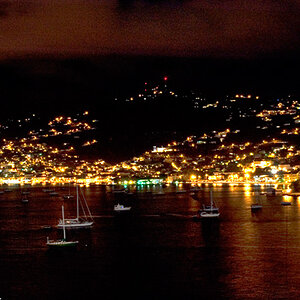ahelg
TPF Noob!
I've been reading various articles on owning and using a darkroom. One of the articles says that it's cheaper to get your film processed in a lab and owning a darkroom is "like pooring money down the drain". Is this true? I would have thought it was the other way round, because by developing the film yourself, you can decide which photographs are worth printing and which are not, something which you can't with a lab. If they include the price of the darkroom equipment and setting it all up, then maybe their right.
Anyway. I might be able to get my hands on a complete darkroom kit for free in the summer, and I'm not talking crap stuff either. The enlarger is supposed to be quite a good colour enlarger (although I'll only be using it for B&W). I did a very short course in using a darkroom once, and I really, really enjoyed it. Much more fun than watching a picture appear on the computer screen. So I'm really looking forward to getting my hands on this equipment. I've already got a suitable room which I can dedicate to being a darkroom with power supply and ventilation. There's no running water, but I should manage without as there is running water in the room next to it.
Anyway. I thought I'd get hold of some reading material while I wait so that I can be "ready" to use it. Any recommendations. I think I saw some books with Ansel Adams name on them. I think they were called "The Negative" and "The Print". Are they any good?
Anyway. I might be able to get my hands on a complete darkroom kit for free in the summer, and I'm not talking crap stuff either. The enlarger is supposed to be quite a good colour enlarger (although I'll only be using it for B&W). I did a very short course in using a darkroom once, and I really, really enjoyed it. Much more fun than watching a picture appear on the computer screen. So I'm really looking forward to getting my hands on this equipment. I've already got a suitable room which I can dedicate to being a darkroom with power supply and ventilation. There's no running water, but I should manage without as there is running water in the room next to it.
Anyway. I thought I'd get hold of some reading material while I wait so that I can be "ready" to use it. Any recommendations. I think I saw some books with Ansel Adams name on them. I think they were called "The Negative" and "The Print". Are they any good?


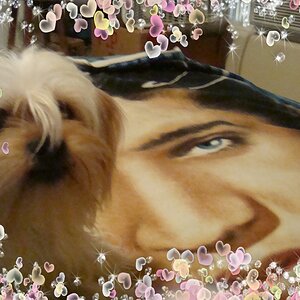
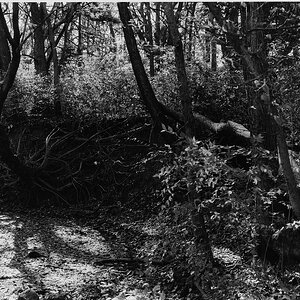
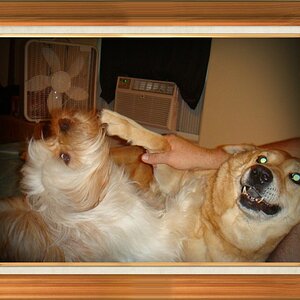

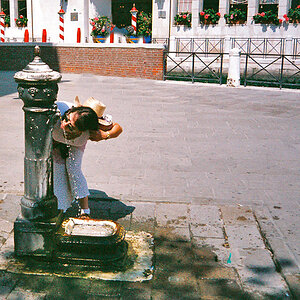


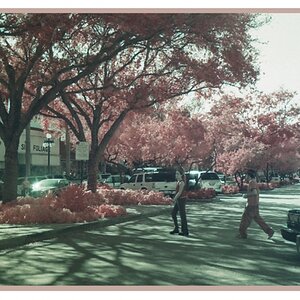
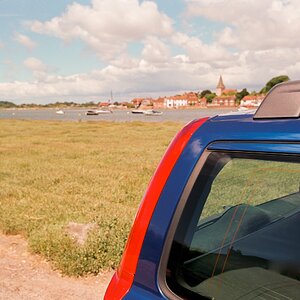
![[No title]](/data/xfmg/thumbnail/30/30994-49c5521f7b5b417f49dcd43891cbec27.jpg?1619734557)
